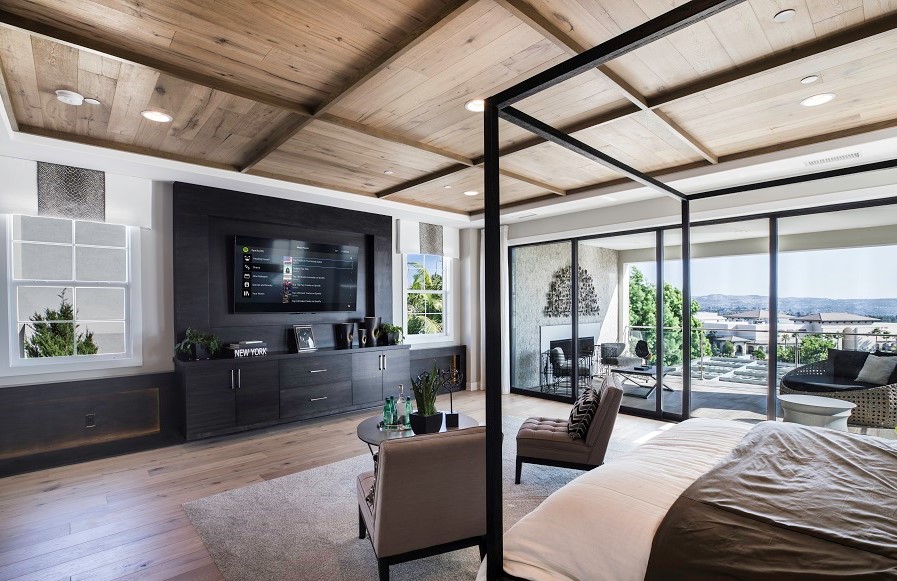What Should You Prewire for When Planning a Smart Home?
Lay a Solid Foundation for Home Technology Today and Tomorrow

In the age of wireless technology, why are we talking about prewiring for a smart home? Can’t all smart home devices connect wirelessly to the network? Well, it’s a little more complicated than that.
A smart home automation system featuring integrated solutions like lighting and shading, multi-room audio, and home security requires a strong foundation to work reliably and scale easily within an expansive property. Additionally, wiring for smart home technology before the walls go up mitigates expensive and intrusive installations for technology later.
If you’re an architect planning a smart home in Seattle, WA, the Wipliance team can help you integrate value-added technology solutions within your preliminary design. Keep reading to learn how a wired foundation can underpin the key solutions in your next smart home project.
SEE ALSO: How Smart Technology Gives Homebuilders a Competitive Edge
Home Network
While many home devices will rely on wireless connectivity, the ideal home network uses wireless and wired networking methods for optimal coverage and speed. It’s best to hardwire permanently placed or bandwidth-heavy devices in the home. Plus, prewiring several locations around the house for wireless access points will allow for more flexibility in locating access points to provide the best coverage for the homeowner’s connectivity needs.
Lighting and Shading
Prewiring for a centralized lighting system is a must if you want to eliminate light switch and dimmer clutter around the house. Prewiring offers more options for fixture and keypad placement and gives you room to design a home lighting system that is effortless to operate from anywhere in the house. Homeowners can use custom multi-gang keypads that adjust lights in one, several, or all rooms.
If the home you’re planning will have motorized shading in every room, hardwired models are ultimately better than wireless because they require less maintenance (no need to recharge batteries) and work much more reliably. For powered window treatments for heavy drapes or large windows, wired power might be necessary for the best performance and reliability.
Multi-Room Audio
When homeowners experience multi-room audio, they’ll want more—not less. If your client wants music in the living room, ask if they want music in the kitchen, too. That may lead to the bathrooms, bedrooms, front porch, backyard, and so on. Prewiring for audio lays the foundation for discreet in-ceiling and in-wall speakers that offer high-performance sound without taking up space or intruding on décor and design. Your clients will enjoy easy control of their music in one or any room at the touch of a button.
Security and Surveillance
It’s one thing for a homeowner to lose wi-fi connection while watching Netflix. It’s another thing for a homeowner to lose wi-fi connection and find that their smart home security system is disabled. Because surveillance cameras need power anyway, it makes sense to use Power over Ethernet (PoE) to run a single wire for power and a reliable wired connection. You can also use PoE for security keypads. Sensors, especially for large homes, should be hardwired as well—especially if sensors will be placed near metal doors and windows, which can cause interference with wireless signals.
At this stage of your project, you and your team have the maximum amount of freedom to implement a comprehensive smart home that meets your client’s needs today and tomorrow. Planning ahead and laying a solid foundation for your smart home project will also eliminate costly rework down the road.
Wipliance would love to partner with you to integrate cutting-edge technology solutions into your home designs. We’ll help you embrace the latest technology demands your clients have and seamlessly incorporate them into your blueprints without lengthening timelines.
To learn more about partnering with Wipliance on your future projects, contact us here or use the chat box below to speak with a team member now.
